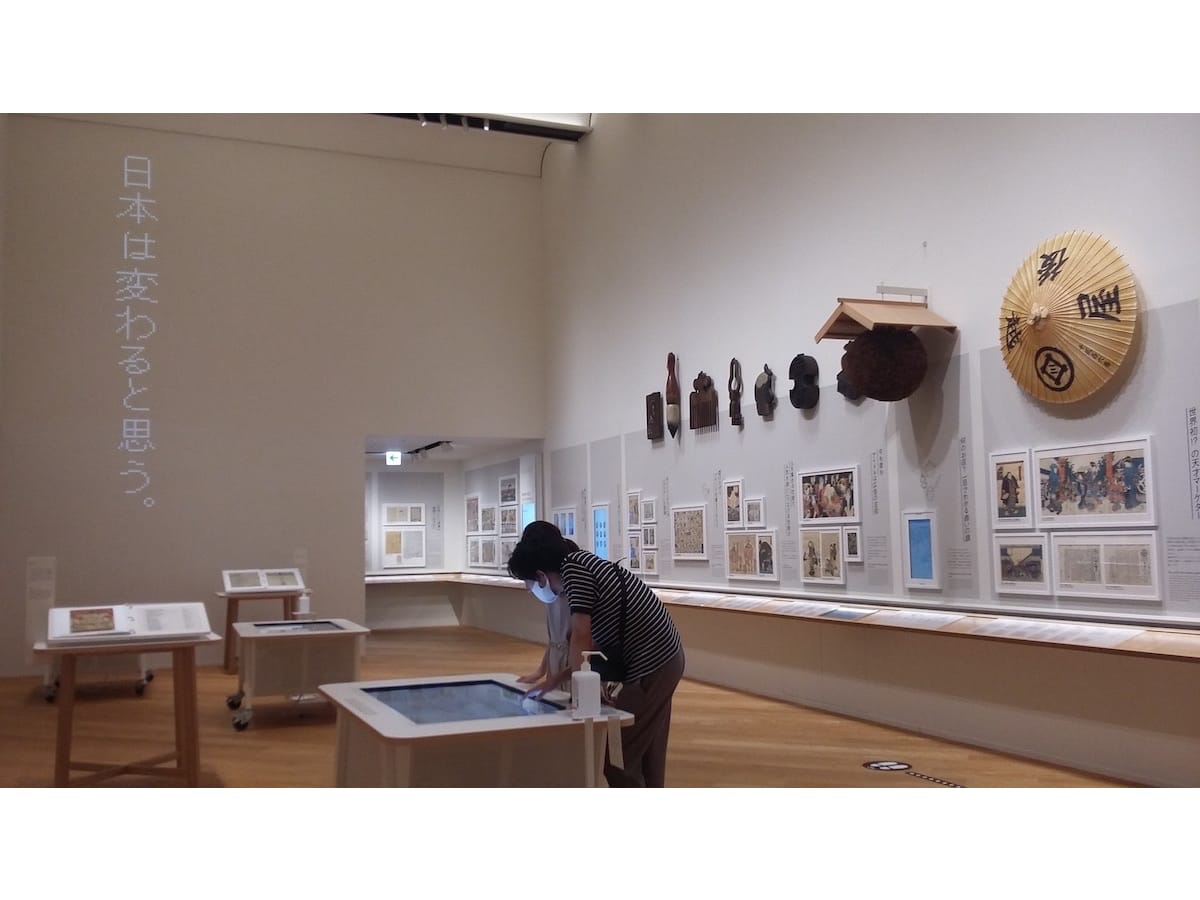
Photo by George Lloyd - with permission from the Tokyo Advertising Museum
How we became modern: a trip to Tokyo Advertising Museum
- Tags:
- Advertising / Museum / Tokyo Advertising Museum
Related Article
-

Student Accidentally Uses His Photo ID To Advertise His University Club At Train Station
-
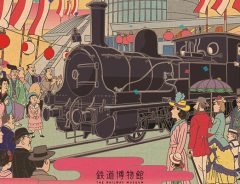
Omiya Railway Museum Showcases Dawn of Railroads in Japan Until Sept. 30
-
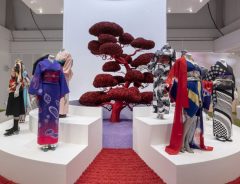
Kimono: Timeless Treasures on Display at London’s Victoria & Albert Museum until 6/21
-
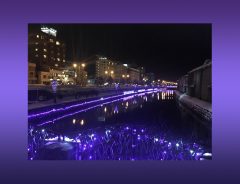
Japan Guide: Visit Otaru during winter
-
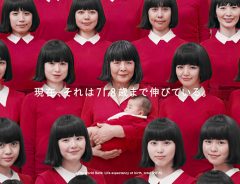
Maker of Pocky Uses 72 Actresses Living Out a Woman’s Life 1 Second at a Time in Beautiful Commercial
-

“Ainu Museum” dedicated to the indigenous people of North Japan to open this spring


The Tokyo Advertising Museum in Shinbashi is the only museum dedicated to the history of advertising in Japan. It was opened in 2002 to commemorate the 100th anniversary of the birth of Hideo Yoshida, the fourth president of advertising giant Dentsu, whose headquarters are in the same building.
The permanent exhibition offers a fascinating survey of advertising in Japan from the Edo period up to the present day. It’s not a big museum, but there is a wealth of interesting information to be seen, and all of the displays are in both English and Japanese.
Some of Japan’s first ads were produced in about 1700 by the Echigoya kimono shop, the forerunner of the famous Mitsukoshi department store in Nihonbashi. Whenever it rained, the store would lend its customers umbrellas with its name emblazoned on it. Passers-by would drop by the store just to borrow an umbrella. This cost the store a lot in umbrellas, but it created hundreds of walking billboards for the store’s kimonos every time it rained.
Photo by George Lloyd - with permission from the Tokyo Advertising Museum
This picture of camels is advertising a travelling circus show that made its way from Nagasaki to Edo (modern day Tokyo) in 1824. Perhaps because it was the first camel most Japanese people had ever seen, it was advertised as a good luck charm. The text says that putting this picture up on the wall will “expel evil spirits, ward off thunder and reduce the severity of child smallpox and measles.”
Photo by George Lloyd - with permission from the Tokyo Advertising Museum
Costumed street musicians were often used to advertise products and services in Edo. This picture dates from 1886. The man banging the red ‘western sweets’ taiko drum is advertising the Kimuraya bakery, which is famous to this day for its anpan – bread buns filled with red bean paste.
Photo by George Lloyd - with permission from the Tokyo Advertising Museum
Jintan is a medicinal sweet, first launched in 1905. The company ploughed a third of its takings into marketing and advertising, and Jintan quickly became a household name. This poster dates from 1929 and features an archetypal ‘modern girl’ of the time. The packaging remains the same to this day.
Photo by George Lloyd - with permission from the Tokyo Advertising Museum
This poster might not look scandalous to contemporary eyes, but this ad for port wine was Japan’s first nude poster and caused quite a stir when it came out in 1922.
Photo by George Lloyd - with permission from the Tokyo Advertising Museum
This is an ad for Shiseido cosmetics. It came out in 1946 and was the first multicolour photo advert of the post-war period. It features the actress Hara Setsuko, star of the classic film Tokyo Story (Tokyo Monogatari). It is full of the optimism that came with the promise of peace after WW2.
Photo by George Lloyd - with permission from the Tokyo Advertising Museum
Japan’s first commercial TV broadcast was made in 1953. Within the next ten years, 90% of Japanese households had a TV set. TV became a potent medium for advertisers.
Photo by George Lloyd - with permission from the Tokyo Advertising Museum
Mifune Toshiro, star of 16 of Akira Kurosawa’s films, advertising Sapporo Beer in 1970. The slogan reads: “Real men don't talk, they drink Sapporo beer.’ Mifune’s calm demeanour was in marked contrast to the frazzled state most Japanese men were in at the time. The late 1960s were a good time for Japan. The economy was booming, and despite working too hard, people felt confident.
Photo by George Lloyd - with permission from the Tokyo Advertising Museum
After the bubble economy burst in 1992, the Japanese economy went into a recession from which it has never really recovered. Clients wanted ads that would lead to big increases in sales quickly. But people’s incomes had stagnated. The buying public became more cautious, not only with their money but in how they viewed the world around them. Foreign travel and ‘internationalisation’ were out. Healing, therapy and personal development were in.
Photo by George Lloyd - with permission from the Tokyo Advertising Museum
The Advertising Museum Tokyo is in the Caretta Shiodome building, which is a four-minute walk from Shinbashi Station. It’s open Tues- Sat from 11:00 to 18:00. Admission is free. For more information, visit their website here.